



10 Gigabit Ethernet Codec Chip Design
As the rapid development of the internet and the sharp increase in data traffic continue, traditional Gigabit Ethernet technology is increasingly unable to meet the demands of modern applications for high-speed network transmission. The advent of 10 Gigabit Ethernet (10GbE) technology addresses this need, offering higher bandwidth and lower latency for data centers, enterprise networks, and high-performance computing environments. The design of 10GbE encoder-decoder chips is key to achieving these goals, as it not only determines the performance of network devices but also impacts the reliability and stability of the entire network system.
Basic Principles of 10GbE Encoder-Decoder Chips
The primary function of a 10GbE encoder-decoder chip is to perform encoding and decoding operations at the data link layer, ensuring reliable data transmission at the physical layer by processing the data packets delivered from the network layer. In 10GbE, the 64B/66B encoding technique is commonly used. Compared to traditional 8B/10B encoding, 64B/66B encoding offers higher efficiency and lower overhead. Specifically, 64B/66B encoding reduces the number of redundant bits, thereby increasing the effective bandwidth of data transmission.
In the design of 10GbE encoder-decoder chips, signal integrity and clock recovery are two critical challenges. Signal integrity ensures that data is not corrupted by noise, attenuation, or crosstalk during transmission, while clock recovery ensures that the receiver accurately extracts the data and remains synchronized with the transmitter. These two factors directly affect the performance and reliability of the chip.
Technical Challenges of 10GbE Encoder-Decoder Chips
- High-Frequency Signal Processing: 10GbE requires the encoder-decoder chip to handle frequencies of 10Gbps or higher, imposing extremely high demands on chip design. The chip must have high-speed processing capabilities while maintaining low power consumption during high-speed transmission. This presents significant challenges in terms of chip architecture optimization, material selection, and process control.
- Signal Integrity and Jitter Control: At such high transmission rates, signal integrity is critical. Any slight signal distortion or jitter can lead to data errors, thereby affecting the overall network performance. To ensure signal integrity, designers must consider factors such as jitter control, noise suppression, and bit error rate. Forward Error Correction (FEC) is typically used to detect and correct errors that occur during transmission, thereby improving data transmission reliability.
- Multi-Channel Synchronization: To enhance data transmission efficiency, 10GbE encoder-decoder chips often need to handle multiple data channels. Maintaining synchronization across these channels in a high-speed environment is a significant challenge. Designers must develop complex algorithms and circuit structures to ensure that multi-channel data is transmitted synchronously and without error.
Application Scenarios and Market Demand
10GbE encoder-decoder chips are widely used in data centers, high-performance computing (HPC), enterprise network equipment, and cloud computing platforms. In data centers, where big data and artificial intelligence technologies are proliferating, data traffic is increasing rapidly, making 10GbE the mainstream technology for backbone networks. Enterprise network equipment requires 10GbE chips to provide efficient internal and external data exchanges, ensuring business continuity and security.
Moreover, with the rapid development of 5G communications and the Internet of Things (IoT), the demand for high bandwidth and low latency in networks is further increasing, presenting a vast market potential for 10GbE encoder-decoder chips. As network devices continue to upgrade and emerging applications demand more, the market demand for 10GbE chips is expected to grow steadily.
Conclusion
The design of 10GbE encoder-decoder chips is one of the core technologies in modern high-performance network systems. It not only determines the performance of network devices but also has a profound impact on the stability and reliability of the entire system. Faced with challenges such as high-frequency signal processing, signal integrity, jitter control, and multi-channel synchronization, designers must continuously innovate and optimize to meet the growing demand for network bandwidth. With the rapid development of 5G, IoT, and cloud computing, 10GbE encoder-decoder chips will become increasingly important in future network architectures, providing a solid technical foundation for building high-performance networks.

Please contact us if the source is mislabeled or violates your legal rights.
We will promptly correct and delete, thank you.
- What is the power consumption level of t...
- In what scenarios can the performance of...
- Smart Home Products with Rockchip RK3588...
- Kylin ISP chip
- Purchase of ISP chips
- How fast is the read speed of Winbond W2...
- The motherboard of the industrial comput...
- spi ethernet chip in qfn package
- Industrial Control Box Motherboard
- rtl8211fs ethernet chip driver
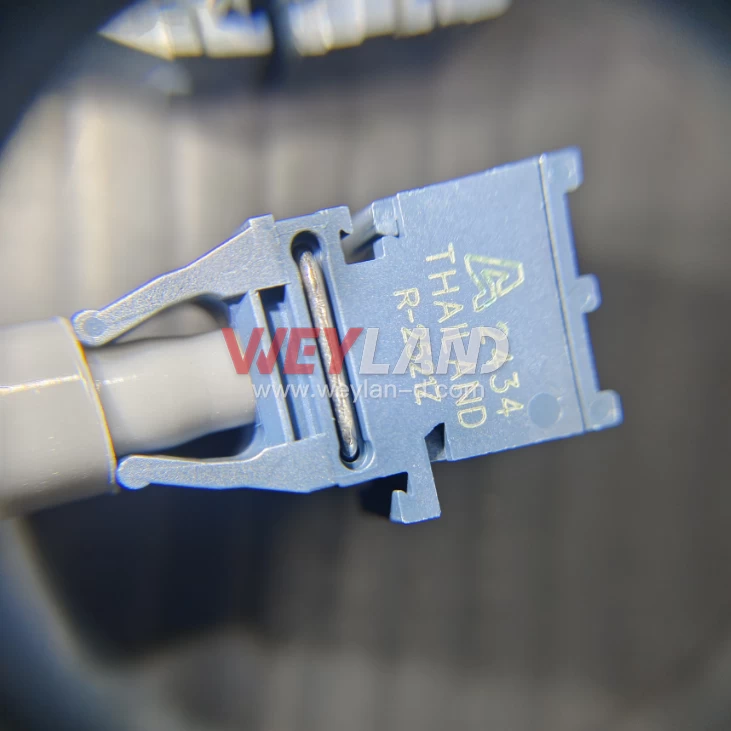
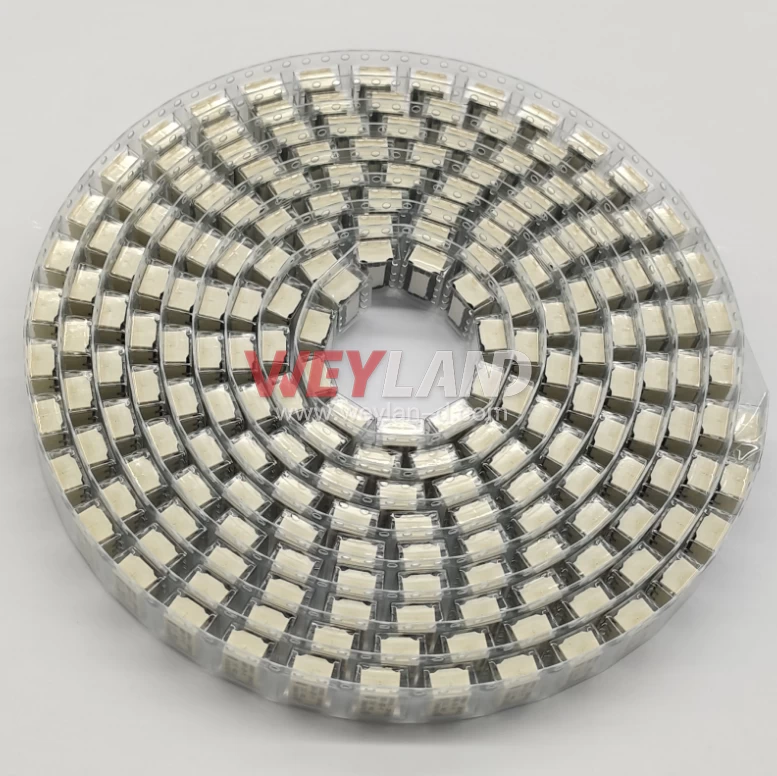
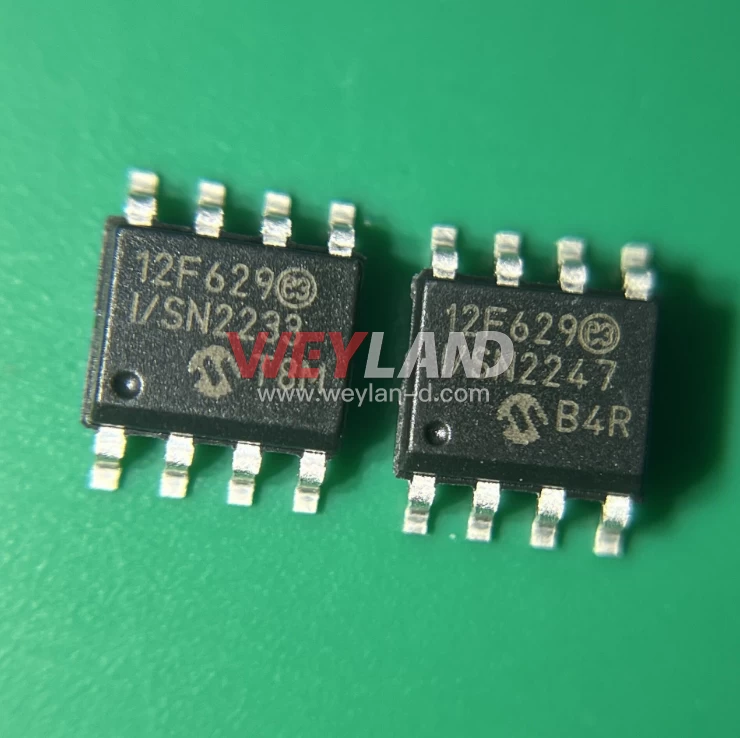
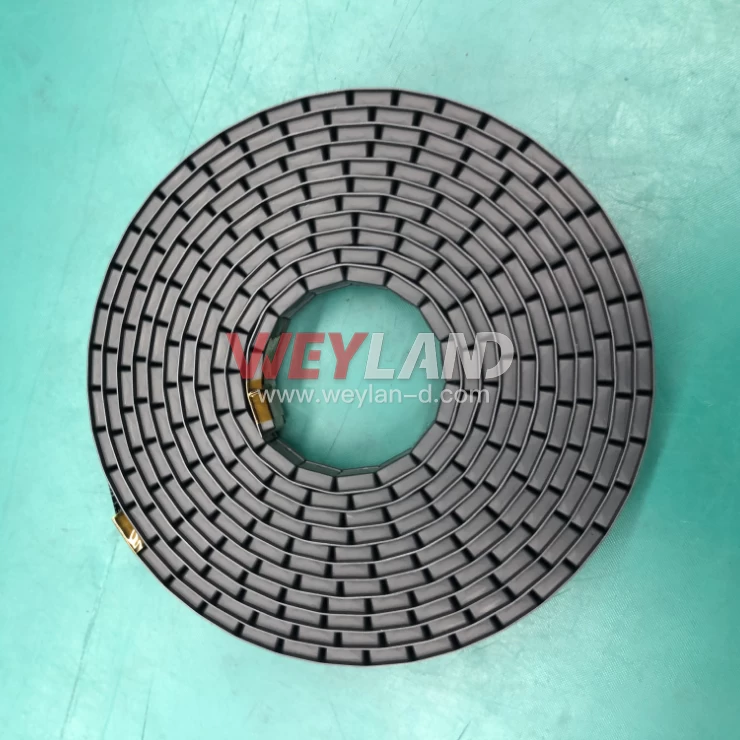
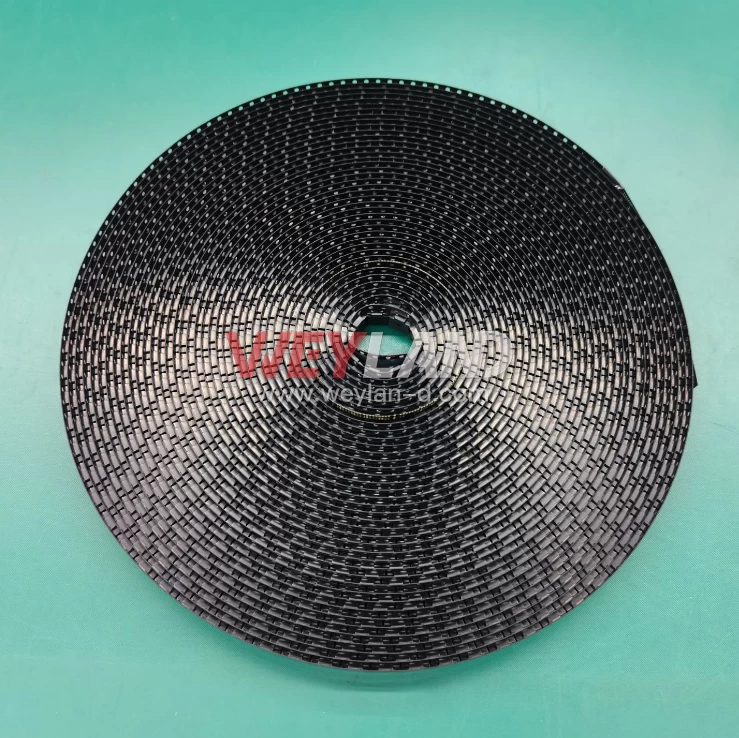
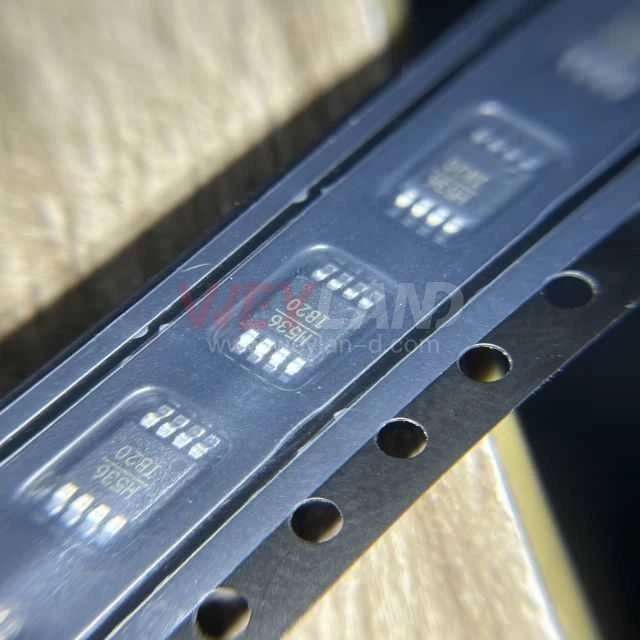
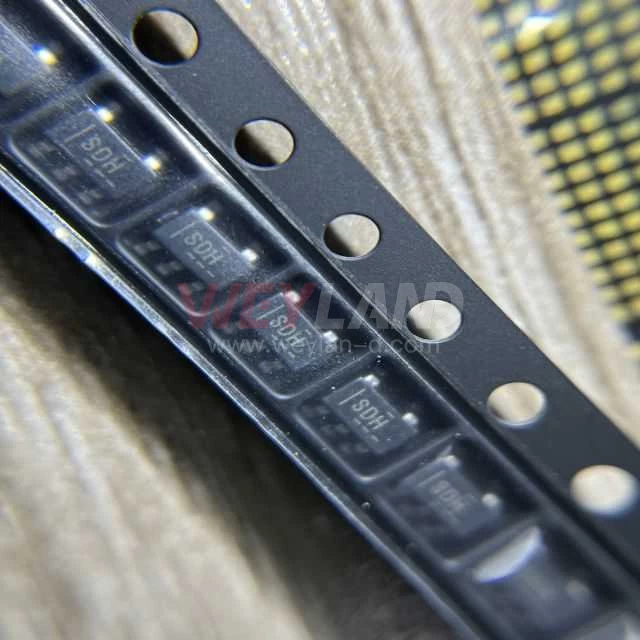
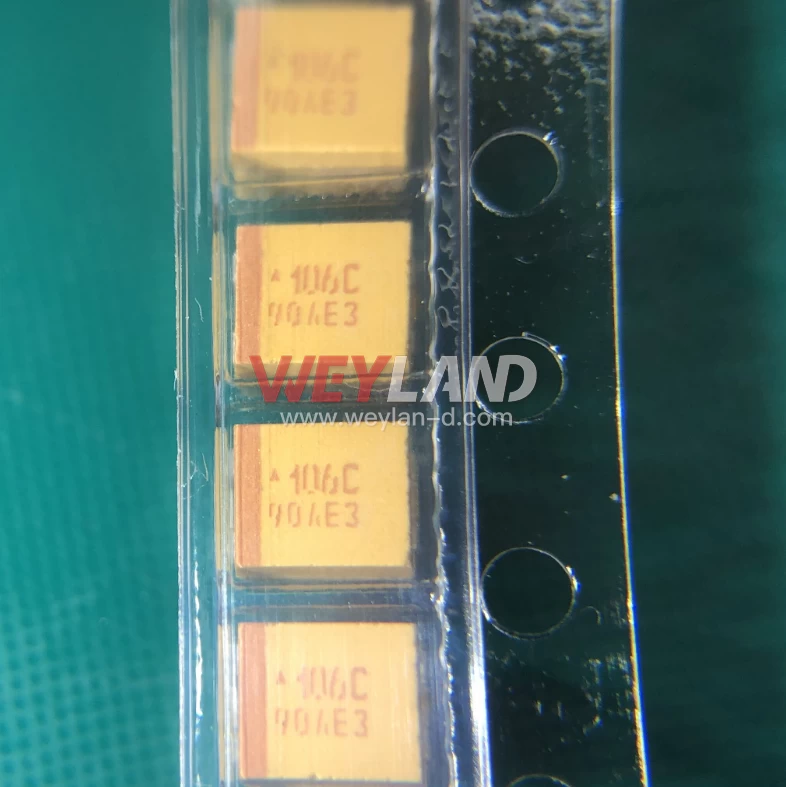
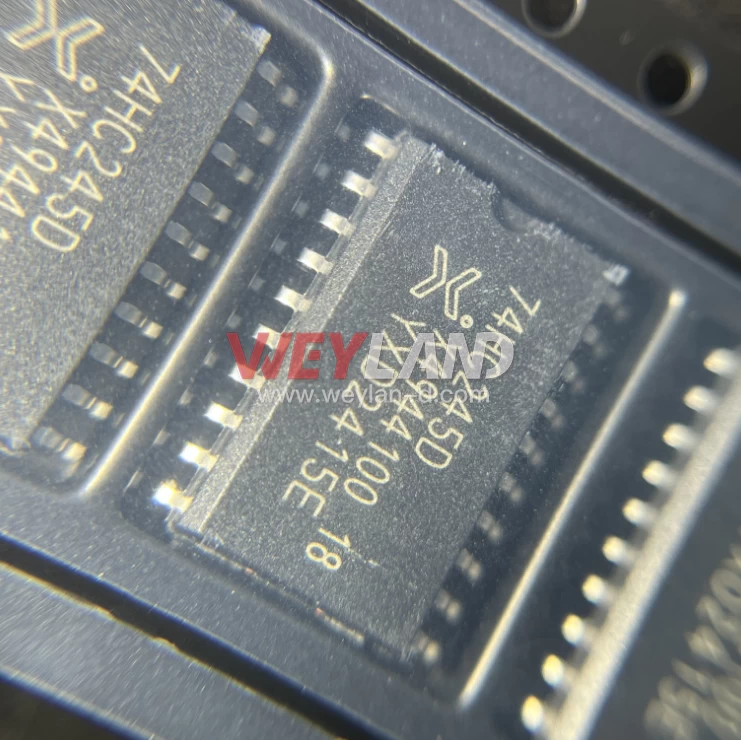
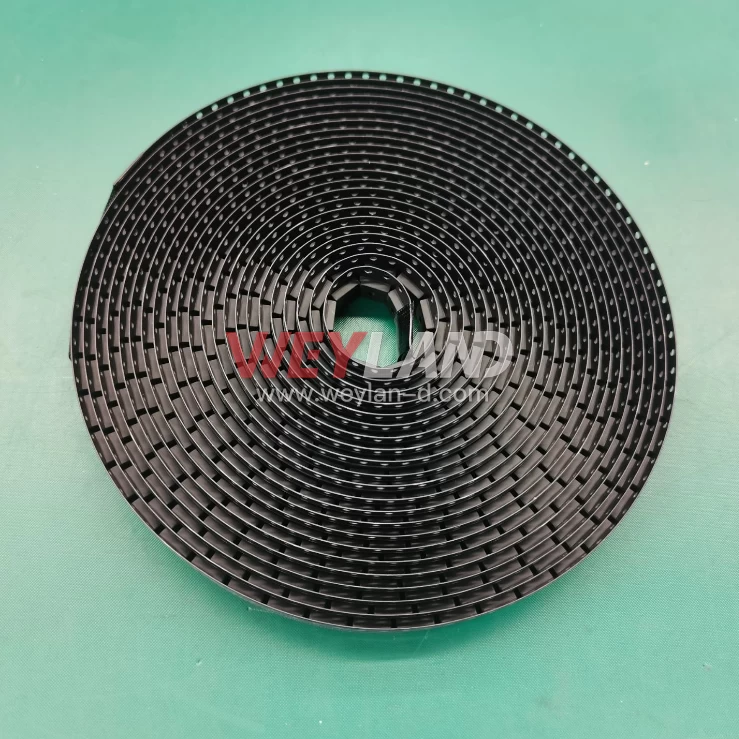
.9246509.png)












[email protected]
7500A BEACH ROAD #04-307 THE PLAZA SINGAPORE (199591)
RM 705.7/F.FA YUEN COMM BLDGNO.75-77.FA YUEN STREET.MONGKOK.KLN.HONG KONG
